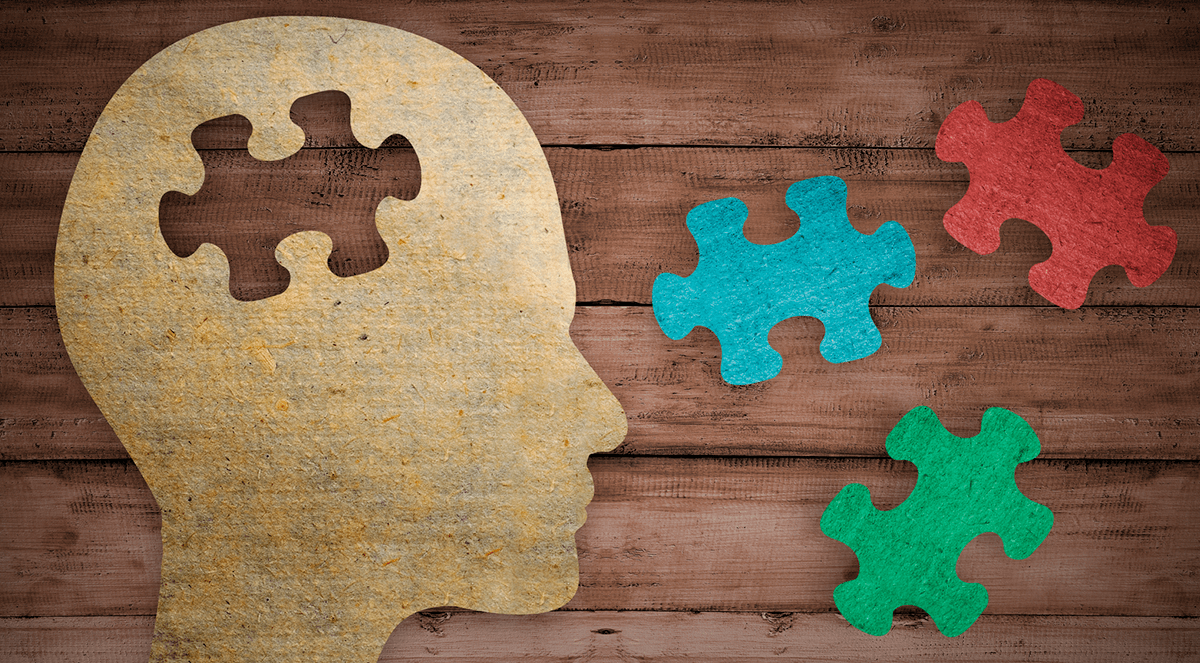The DSM-5 has introduced elevated/irritable mood and increased activity/ energy as equal and necessary criterion A symptoms for a diagnosis of (hypo)mania. The impact of these changes is poorly elucidated. The aim of the study was to investigate differences in the prevalence of elevated/irritable mood with and without co-occurring increased activity, and the associations between these, in patients with an ICD-10 and DSM-IV diagnosis of BD, using real life daily smartphone-based patient-reported measures of mood, irritability and activity.
Data from two RCTs investigating the effect of smartphone-based treatment in patients with BD were combined. Patients with BD (N = 117) evaluated mood, irritability and activity level daily for six to nine months via a smartphone-based system. Analyses in this study are exploratory post hoc analyses based on previously published data.
During the follow-up period, patients reported elevated mood 8.0% of the time, irritability 28.4% of the time and increased activity 20.6% of the time. Co-occurring elevated/irritable mood and activity were prevalent 0.12% of the time for four consecutive days (duration criteria for a hypomanic episode) compared to 24% of the time with elevated/irritable mood without co-occurring increased activity. In linear mixed effect models accommodating for inter-individual and intra-individual variation, there was a statistically significant positive association between mood and activity (B: 0.14, 95% CI: 0.046; 0.24, p = 0.004). There was no association between irritability and activity (p = 0.23).
Based on real life daily assessments, the prevalence of (hypo)manic episodes is substantial reduced as a result of the introduction of DSM-5 and with potentially clinical consequences.
Copyright © 2020 Elsevier B.V. All rights reserved.
Hypomania/Mania by DSM-5 definition based on daily smartphone-based patient-reported assessments.


